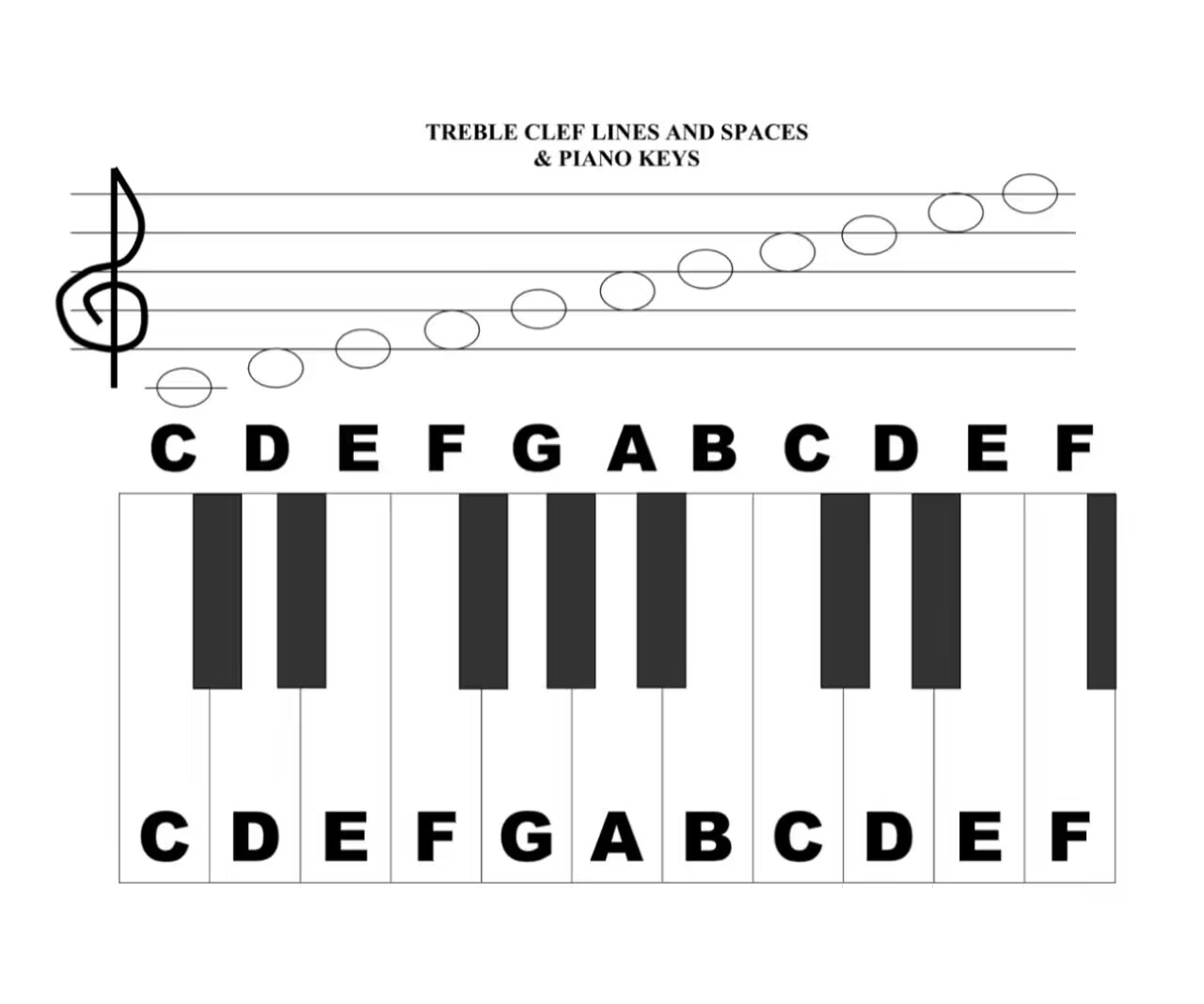Learning to play the piano is a rewarding experience that enhances creativity, improves cognitive skills, and provides endless musical enjoyment. Whether you're using piano sheet music, interactive platforms like Roblox, or structured beginner piano sheet music exercises, this comprehensive guide will help you start your journey the right way.
Why Learn to Play the Piano?
The piano is one of the most versatile instruments, allowing you to play classical, jazz, pop, and more. Studying piano offers numerous benefits, including:
- Improved hand-eye coordination
- Enhanced memory and concentration
- Stress relief and emotional expression
- Mastering piano first creates a musical base that makes picking up other instruments easier.
For absolute beginners, starting with beginner piano sheet music ensures a smooth learning curve.
Essential Tools for Beginner Pianists
Before diving into lessons, gather these key resources:
1. A Piano or Keyboard
- Acoustic pianos provide the best touch and sound but can be expensive.
- Digital keyboards (at least 61 keys with weighted action) are budget-friendly and portable.
2. Piano Sheet Music & Learning Materials
- Piano Sheet music is essential for reading notes and playing songs correctly.
- Piano Letter notes (like "C-D-E") can help absolute beginners before mastering traditional notation.
- Browse our collection of beginner piano sheet music—perfect for beginners!
3. Metronome & Tuner
- A metronome helps maintain steady timing.
- Digital pianos often have built-in metronomes.
Understanding Piano Basics
1. Piano Key Layout
- The white keys are the natural notes (C-D-E-F-G-A-B), and the black keys are the sharps/flats in between (like C#/D♭ or F#/G♭).Black keys fill in the 'in-between' sounds.
- Middle C is the central reference point for beginners.

2. Proper Hand Positioning
- Keep fingers curved, relaxed, and slightly arched.
- Thumbs (finger #1) should rest on middle C.
- Avoid tension in wrists and shoulders.
3. Reading Piano Sheet Music
- Treble Clef (Right Hand): Higher piano notes.
- The bass clef (left hand) :Covers the lower register of the piano.
- Start with simple beginner piano sheet music to practice note recognition.
For a full breakdown, check our guide on reading piano sheet music.
Beginner Piano Exercises
1. Finger Strengthening Drills
- Five-Finger Exercise: Play C-D-E-F-G slowly with each hand.
- Scales: Start with C Major (C-D-E-F-G-A-B-C).
2. Simple Piano Chord Progressions
- C Major (C-E-G)
- G Major (G-B-D)
- F Major (F-A-C)

3. Easy Piano Songs for Beginners
Using beginner piano sheet music , try these classic tunes:
Download free sheet music for these songs here.
Effective Practice Tips
- Consistency Over Duration – 15-30 minutes daily is better than 2 hours once a week.
- Slow Practice – Master songs at a slow tempo before speeding up.
- Use a Metronome – Builds timing accuracy.
- Review Piano Sheet Music Daily – Strengthens note-reading skills.
For more structured exercises, check our beginner piano sheet practice routines
Common Mistakes & How to Avoid Them
1.Poor Posture → Sit upright with relaxed shoulders.
2.Skipping Fundamentals → Always practice scales and finger exercises.
3.Ignoring Sheet Music → Reading notation early prevents bad habits.
Conclusion – Start Your Piano Odyssey Today!
With the right tools—piano sheet music, interactive games, and structured lessons—anyone can learn piano. Whether you prefer traditional study piano methods or modern apps, consistency is key.
Ready to begin? Download our free beginner piano sheet music pack and start playing today!










